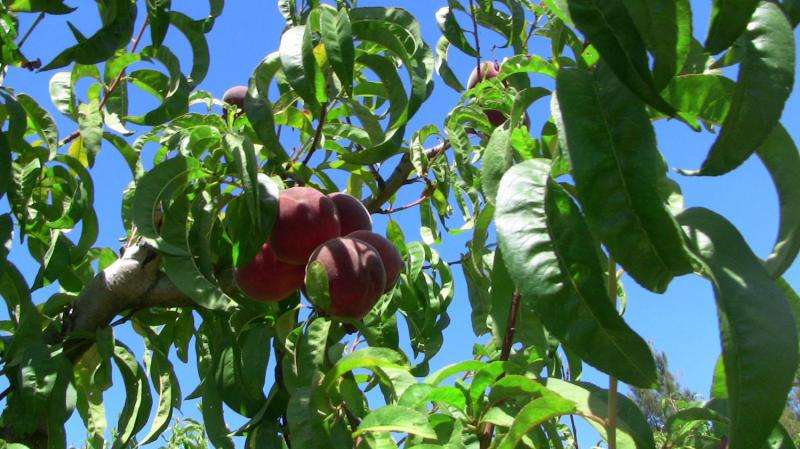Ecological 'flash mobs': It's all about timing... and magnets?

How does an acorn know to fall when the other acorns do? What triggers insects, or disease, to suddenly break out over large areas? Why do fruit trees have boom and bust years?
The question of what generates such synchronous, ecological "flash mobs" over long distances has long perplexed population ecologists. Part of the answer has to do with something seemingly unrelated: what makes a magnet a magnet.
A study by scientists at the University of California, Davis, found that the same mathematical model that's been used to study how magnets work - a well-known concept in physics called the Ising model—can be applied to understanding what causes events to occur at the same time over long distances, despite the absence of an external, disruptive force.
The work, published online April 8 in the journal Nature Communications, provides new ways of measuring synchrony in ecology, which has broader implications for things like extinction and disease.
Animal—and fruit tree—magnetism
What does all of this have to do with the magnet holding up the to-do list on your refrigerator?
Consider the vole.
"They get kicked out of the nest and have a typical distance they travel," said co-leading author Alan Hastings, a professor in the Department of Environmental Science and Policy. "But the populations are rising and falling over much longer distances. The effect on the voles is happening much farther than that individual vole travels in his lifetime."

That effect can be explained by the Ising model, according to the study.
Or, take fruit trees.
Every few years certain trees bear exceptional amounts of fruit or nuts in between years when they produce almost none in a poorly understood process called masting.
"All the fruit trees have their big year on the same year because of the same model that has to do with getting little magnets lined up at once to create a big-scale magnet," Hastings explained. "Improving our understanding of models that describe how things go into synchrony over long distances is very important for understanding population dynamics."
Science mashups
The work was funded by the National Science Foundation's INSPIRE program, which supports interdisciplinary collaborations between scientific fields that don't often work together.
"Our paper forges an unexpectedly strong connection between physics and population biology," said co-leading author Andrew Noble, a UC Davis project scientist. "It's the discovery of a common framework for understanding seemingly unrelated scientific questions."
Journal information: Nature Communications
Provided by UC Davis


















